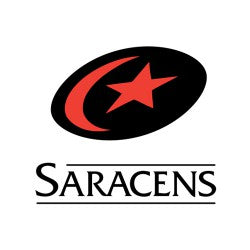Pro athletes endorse them and diehard gym rats swear by them. But should you bother with those pricey EMS machines you see popping up everywhere from Instagram to sporting goods stores?
Before you stick a set of electrodes on and crank up the dial, it’s worth understanding how electric muscle stimulation (EMS), a.k.a. neuromuscular electric stimulation (NMES), actually works. When attached to the skin, the typical EMS unit delivers an electrical impulse to the body’s motor nerves that causes rapid muscle contractions, hence all the twitches and spasms. Makers of these devices claim that the contractions can help speed up recovery time, relieve pain, increase muscle strength, and even improve performance.
To a certain extent, those assertions are accurate. C. Shanté Cofield, D.P.T., founder of The Movement Maestro and host of the Maestro on the Mic podcast, explains that muscle contraction is one of the most effective ways to reduce swelling and inflammation, two things that any runner is bound to encounter at some point during their training. “EMS can be a great way to help with recovery, particularly in runners, because the muscle pumping activity can help with circulation and decrease swelling in the lower limbs without requiring additional impact or exercise,” she says. “The last thing you want to do after a 20-mile run is calf raises or ankle pumps. This provides a nice way to allow for recovery without additional activity.” And the faster you can recover, the sooner you can get back to your training schedule.
However, if an injury is at the root of your post-run swelling, EMS won’t fix it. At best, it will temporarily reduce pain, thanks to a process known as the pain gate theory. Cofield explains that e-stim units, specifically transcutaneous electrical nerve stimulation (TENS) machines, which target the sensory nerves versus the motor nerves, “provide a competing stimulus in the painful area that basically distracts the brain and causes the nervous system to pay attention to that stimulus instead of any other stimuli.” For those annoying aches and pains that pop up on occasion—a tight back muscle or an ITB syndrome flare-up—15 minutes with a TENS unit (or an EMS machine on a low setting) is a good non-steroidal, non-invasive option for pain management. But it’s not a long-term solution for a chronic issue. “A distraction is not a cure,” Cofield says. “Treat the symptoms, but you must always go back and find the cause.”
In short, EMS won’t make you a better runner or stronger athlete. But, by supercharging your recovery time, it may allow you run more and train harder—at a cost. With machines costing several hundred bucks, it’s definitely an investment, but average the price out over 12 months, and it's less than a monthly massage—after year one, the math starts to make sense. Ready to see what all the buzz is about?
Check out our Firefly offering
To read more CLICK HERE
For the latest on Perform Better, follow us on Facebook, Instagram or Twitter



































